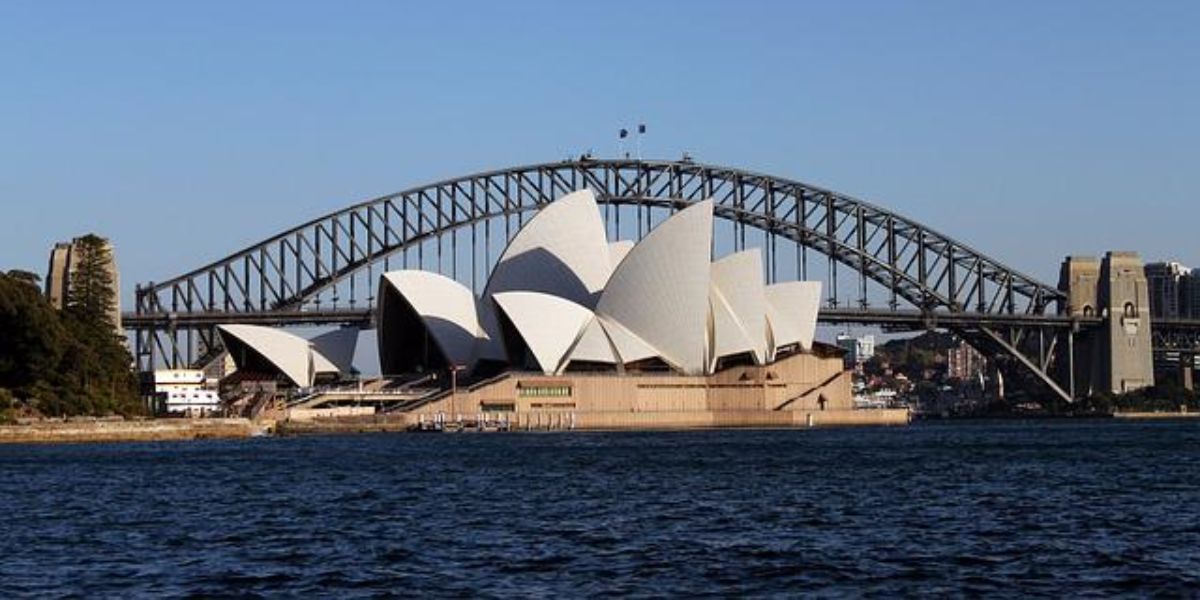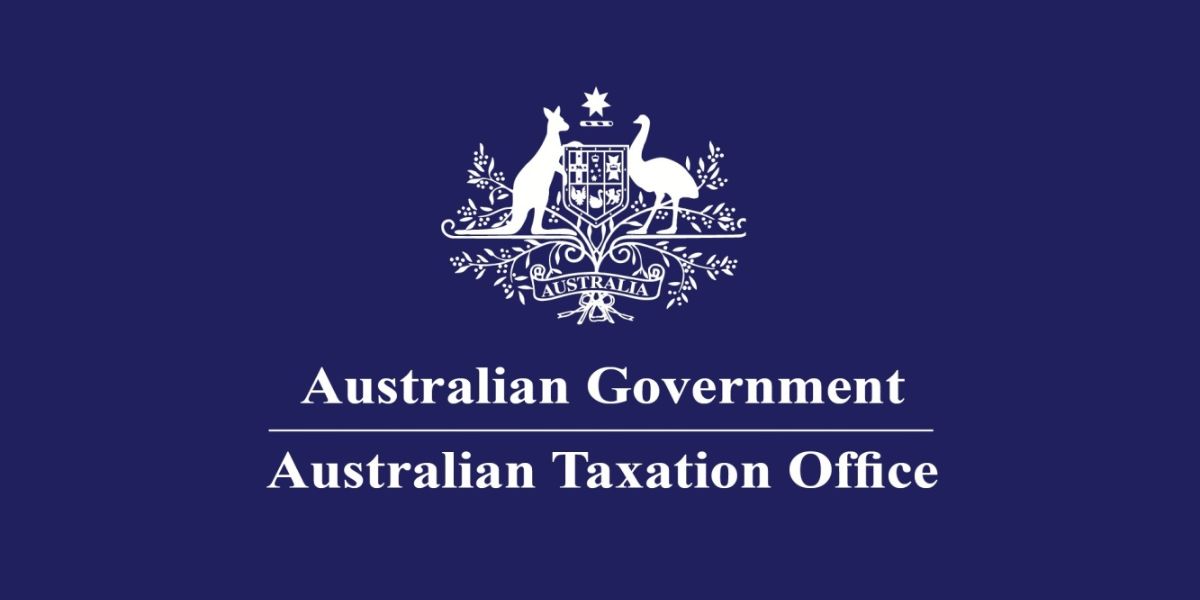The Australian Taxation Office (ATO) has released a guidance on how to claim the Critical Minerals Production Tax Incentive and the Hydrogen Production Tax Incentive on 21 February 2025.
Critical Minerals Production Tax Incentive
How to claim the Critical Minerals Production Tax Incentive (CMPTI) for processing activities in Australia.
About the incentive
In the 2024–25 Budget, the Australian Government announced its Future Made in Australia package. This package supports Australia’s transition to a net zero economy.
The Future Made in Australia package includes support for investment in critical minerals processing in Australia through the Critical Minerals Production Tax Incentive (CMPTI). This measure is now law.
The CMPTI provides eligible recipients with a refundable tax offset of 10 per cent of the eligible costs of processing certain critical minerals in Australia. The offset will be available between 1 July 2027 and 30 June 2040, for a maximum of 10 years.
Administration
The Department of Industry, Science and Resources (DISR) and the ATO jointly administer the CMPTI:
- The Industry Secretary (DISR) registers the CMPTI processing activities.
- We administer the CMPTI tax offset claimed in your company tax return.
Eligibility
You are eligible for the CMPTI tax offset in an income year if you:
- are a constitutional corporation conducting a registered processing activity during the year
- incur certain expenditure in carrying on the processing activity
- meet the residency requirement.
Your company must be an Australian tax resident, or a foreign resident carrying on the processing activity via a permanent establishment in Australia, and it has an ABN, for the income year.
Your company will also have to comply with any rules implementing the community benefit principles for the CMPTI made by the Treasurer.
Critical minerals list
For the purposes of the CMPTI tax offset, a critical mineral is a thing included in the list specified in the legislation or prescribed in the regulations.
There are 31 critical minerals listed in the legislation. See the Australia’s Critical Minerals List on the DISR website.
CMPTI processing activities
CMPTI processing activities are processing activities carried on at one or more facilities in Australia that:
- involve substantially transforming a feedstock that contains a critical mineral into a purer or more refined form of the critical mineral that is chemically distinct from the feedstock, and a substantial purpose for carrying on the activity is to achieve this transformation, or
- are specified in the regulations as producing an outcome in relation to one or more critical minerals.
Certain activities, such as mining, beneficiation and manufacturing are excluded from being CMPTI processing activities.
How to claim
You must register your company’s processing activities for the relevant income year.
You self-assess your company’s CMPTI tax offset amount and claim in the company tax return for the income year.
Registered processing activity
For an activity to become a registered CMPTI processing activity, the company must apply to the Industry Secretary (DISR), in the approved form, to register the relevant activities. DISR will provide information on the registration process as it becomes available.
Your application must identify the:
- critical mineral processing activity
- facilities at which the activity occurs
- basis on which the company considers it will satisfy the requirements to be eligible for the CMPTI tax offset.
You may register a processing activity for up to 10 years. There are annual requirements to maintain the registration.
What you can claim
The amount of the CMPTI tax offset for an income year is 10 per cent of the company’s CMPTI expenditure.
CMPTI expenditure is expenditure incurred by the company during an income year in carrying on one or more of its registered CMPTI processing activities and is not excluded expenditure.
Excluded expenditure includes:
- capital expenditure
- financing expenditure
- feedstock
- expenditure taken into account when calculating decline in value of an asset for the purposes of taxation law
- expenditure for intellectual property that is more than 10 per cent of the company’s CMPTI expenditure for the income year, and
- any other expenditure excluded as prescribed by the Regulations.
Note: amounts of expenditure up to the 10 per cent cap for intellectual property may be included to the extent that it is CMPTI expenditure.
When to claim
You can claim the CMPTI tax offset for income years that:
- start on or after 1 July 2027, and
- end on or before 30 June 2040.
Hydrogen Production Tax Incentive
How to claim the Hydrogen Production Tax Incentive (HPTI) tax offset for producing renewable hydrogen in Australia.
About the incentive
In the 2024–25 Budget, the Australian Government announced its Future Made in Australia package. This package supports Australia’s transition to a net zero economy.
The Future Made in Australia package includes a temporary Hydrogen Production Tax Incentive (HPTI). This is to support the production of renewable hydrogen in Australia. The HPTI will help companies commence medium to large scale production of renewable hydrogen in Australia, while the market is still developing.
The HPTI is a refundable tax offset of AUD 2 per kilogram of eligible hydrogen produced by eligible companies. It applies to hydrogen produced in income years between 1 July 2027 and 30 June 2040, for a maximum of 10 years.
Administration
The ATO and Clean Energy Regulator (CER) jointly administer the HTPI:
- We administer the HPTI tax offset claimed in your company tax return.
- CER administers the Future Made in Australia (Guarantee of Origin) Act 2024 (GO Scheme). They will verify the details of your eligible hydrogen production.
Eligibility
Both your company claiming the offset and the hydrogen must satisfy the eligibility criteria for the HPTI.
Eligible companies
To be an eligible company for the HPTI, you must:
- be either
- an Australian resident company that has an ABN
- a foreign resident company that has a permanent establishment in Australia and an ABN
- hold a production profile certified by the CER under the GO Scheme while producing the hydrogen
- be subject to Australian tax for any income from your hydrogen producing activities
- comply with the rules implementing the community benefit principles for the HPTI.
Entities that are not corporations, such as trusts or partnerships, are not entitled to the HPTI.
Eligible hydrogen
To be eligible hydrogen for the HPTI, it must be:
- renewable hydrogen produced in Australia
- on or after 1 July 2027, and
- before 1 July 2040
- (the HPTI period)
- produced under a production profile certified by the CER
- subject of a registered Product Guarantee of Origin certificate (PGO certificate) under the GO Scheme, which
- identifies the facility producing the hydrogen
- indicates the production emission intensity of the hydrogen did not exceed 0.6 kg of carbon dioxide for each kilogram of hydrogen
- indicates that if electricity used was from a grid, it satisfies the grid matching requirements.
What you can claim
You can claim a refundable tax offset of AUD 2 per kilogram of eligible hydrogen produced.
How to claim
You claim the HPTI tax offset in the company tax return for the income year.
When to claim
You can claim the HPTI tax offset for income years that:
- start on or after 1 July 2027, and
- end on or before 30 June 2040.
The offset period for each facility and production pathway is up to 10 years.
Earlier, Australia’s House of Representatives approved the Future Made in Australia Bill 2024 on 11 February 2025 after the Senate passed the bill. The legislation offers refundable tax offsets to support hydrogen and critical minerals production in Australia.













